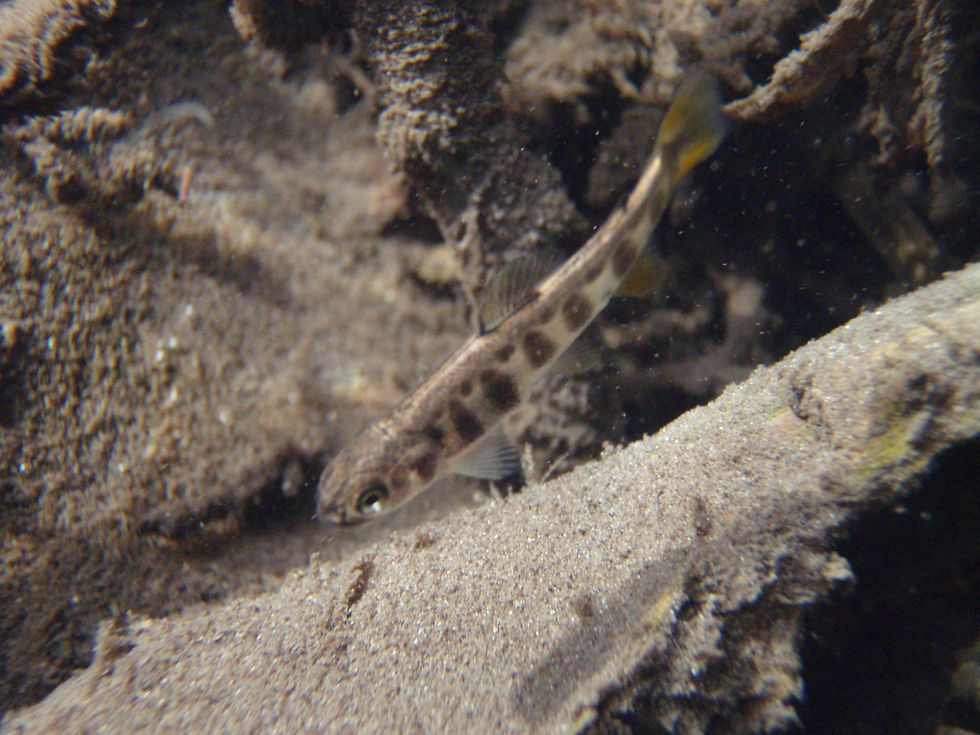Allan H. Edelsparre



Queensnake population dynamics
Risk takers fly the coop and risk avoiders are couch potatoes
Behaviour genes and the environment
I collaborate with Ontario Nature & Huron Stewardship Council to understand how Queensnake interact with crayfish abundance. We capture, mark and recapture individual queensnakes to estimate how population size and survivorship depend on crayfish abundance. We also collect data on habitat selection to better understand Queensnake ecology. Recently, we have been collecting DNA from snakes to better understand the population genetic structure of the Canadian distribution.
Recently emerged stream brook charr display a foraging polymorphism; some individuals tend to sit-and-wait for prey while others actively pursue prey in the water column. Sit-and-wait individuals also tend to be risk avoiders while active individuals tend to be risk takers. Using a combination of field and laboratory experiments we investigate the role of these differences on more complex behaviours such as dispersal and migration.
These remarkable fruit flies exhibit distinct differences in foraging behaviour where some larvae tend to travel shorter distances while foraging (sitter larvae) within a food patch and others tend to travel longer distances within and between food patches (rover laervae). This polymorphism is naturally occuring and is mainly attributed allelic variation in the foraging gene on the second chromosomes. We study whether the gene can influence personality traits and whether pleiotropic effecs link these traits with life history strategies.